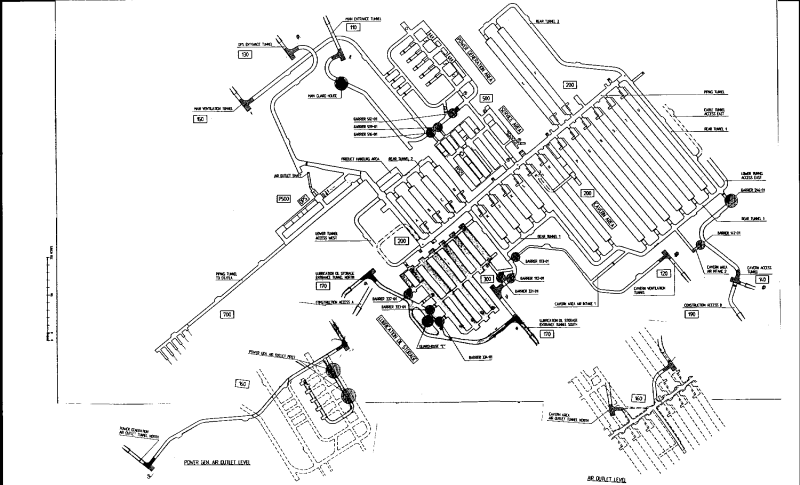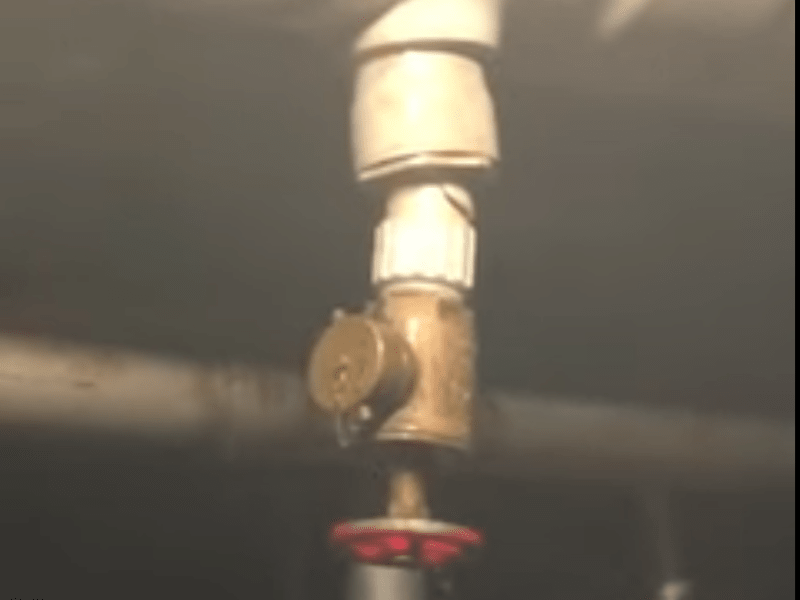Alistair_Heaton
Mechanical
- Nov 4, 2018
- 9,794
If they are as bad as some of the UK bunkers I don't blame the locals wanting them empty.
Follow along with the video below to see how to install our site as a web app on your home screen.
Note: This feature may not be available in some browsers.


TugboatEng (Marine/Ocean) 9 Jul 22 20:40 said:That's a plastic pipe. It's leaking water.
TugboatEng (Marine/Ocean) 9 Jul 22 22:05 said:It does have a hydrant but is white PVC ever acceptable for a fire suppression line? I know CPVC has some approvals but I've never seen white.
TugboatEng (Marine/Ocean) 10 Jul 22 04:48 said:But I'm going to argue that wasn't fuel coming from the pipe. Maybe there was fuel in the pipe trunk and the water caused it to be displaced into the drain system. There may have been 20k gallons of contaminated water? Not 20k gallons of fuel.
